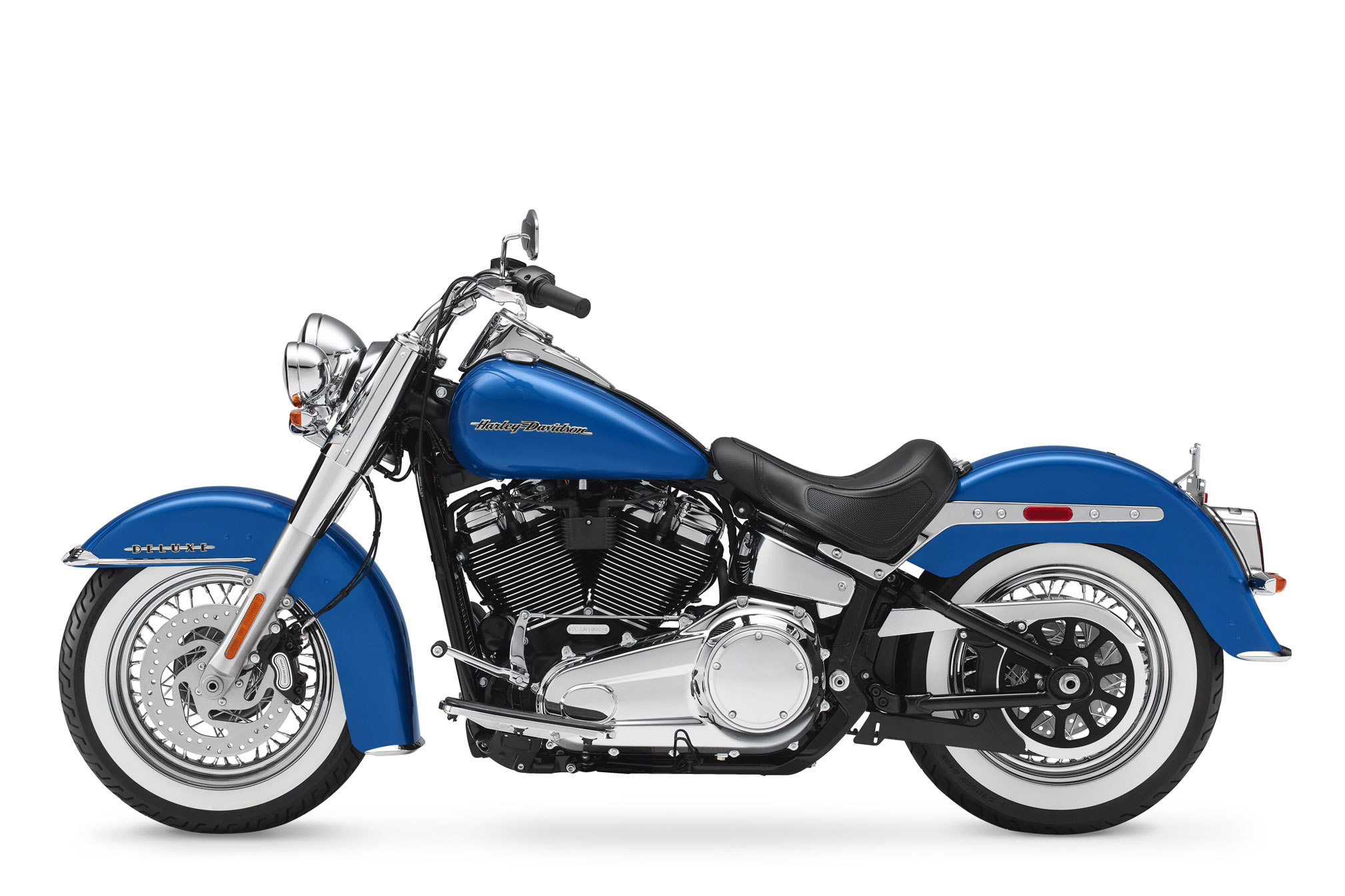About Harley-Davidson
Harley-Davidson might just be one of the most iconic American companies of all time.
Founded in 1903 in Milwaukee, Wisconsin, three Davidsons and one Harley created the company which was eventually incorporated four years later.
From an initial astonishment with bicycles grew William Harley’s ambition to innovate and create his first internal combustion engine. Through years of toiling, tinkering, and continuous failure, Harley-Davidson has become the largest motorcycle manufacturer in the United States.
It’s amazing what a little vision, perseverance and gumption can achieve.

Although our team thinks that Harley-Davidson ticker symbol (HOG) is pretty cool, we want to go beyond the name and ticker symbol to see whether or not the storied company is worth considering investing in.
It should be mentioned that the main way the company makes its money (approximately 80% per past reports) is by selling motorcycles; however, interestingly, a sizeable portion of their revenue also comes from licensing its trademark(s) on keychains, shirts, jackets and even dog collars.
But at the end of the day, it’s hard to take the motorcycle out of a motorcycle company.
Harley-Davidson’s stock financials
Revving things up with some of the company’s key metrics (pun definitely intended), Harley-Davidson currently has a market capitalization of $4.73 billion, a price-to-earnings (P/E) ratio of 8.21 and supplies investors an annual dividend of $0.63.
Given these metrics alone, our team is quite fond of the company’s noticeably low P/E ratio, as this indicates that the stock is currently trading at a massive relative discount.
Onto the company’s balance sheet, Harley-Davidson oversees around $11 billion in total assets and nearly $8.5 billion in total liabilities. While their total assets and liabilities are somewhat close together, it makes sense given all the operations, parts, and long-term costs that go into manufacturing and selling motorcycles.
As it relates to their income statement, the company’s total revenue has been quite predictable as our team expected. Specifically, their total revenue has stayed around the $5 billion range over the past five years, excluding its revenue dip down to just over $4 billion in 2020.
Our team definitely thinks it’s fair to give the company a pass in 2020, as many quality companies saw revenue drop because of the Covid-19 pandemic. However, we did expect their total revenue to have dropped a lot lower during that year and, therefore, are happy with where their revenue stood in 2020.

Finally, the company has maintained positive net income numbers over the past five years, getting insanely close to the red in 2020 where their net income stood at $1 million. However, in other years their net income was steady as it generally ranged between $424 million and $650 million.
Harley-Davidson’s stock fundamentals
We were wrong about the company and its profitability.
While we initially assumed that Harley-Davidson’s trailing twelve month (TTM) net profit margin would fare somewhere at or slightly below that of the industry average, the company has an impressively high TTM net profit margin of 11.34%.
Given the competition and all the moving parts (again, pun intended) this is no small feat for the company and our team is quite impressed with their ability to turn a profit.
From a returns standpoint, the company’s TTM return on equity is pretty much in line with that of the industry and their TTM returns on assets and investment are modestly lower than the industry average.
None of this really concerns our team as these are the relatively average return numbers we expected. We’re just happy that none of their core returns are significantly lower than the competition.
The future of the motorcycle market
I’m comfortable admitting that I know next to nothing about motorcycles, let alone the market for bikes.
However, I do know that the company’s core demographic is aging and new generations generally like the idea of driving an electric vehicle or in the case of many in Austin (and what I can assume to be the case in many other metropolitan areas), renting and riding scooters.
If I’m correct and this trend persists, the company will stand to lose a lot from a sales and revenue perspective and brand standpoint as well.
This gives my team a generally bearish stance on the motorcycle industry; however, we have no problems admitting we could be wrong.
Nevertheless, it’ll be interesting to see the state of the motorcycle market over the next 10-20 years.
Should you buy Harley-Davidson stock?
Given what we’ve analyzed and covered regarding the company’s stock, from a strict numbers perspective this company gets a “buy” rating from us. However, the validity of this rating largely depends on the success and demand of the industry moving forward. It’s essential that Harley-Davidson meets consumers where they wish to be met and produces and markets products accordingly.
DISCLAIMER: This analysis of the aforementioned stock security is in no way to be construed, understood, or seen as formal, professional, or any other form of investment advice. We are simply expressing our opinions regarding a publicly traded entity.